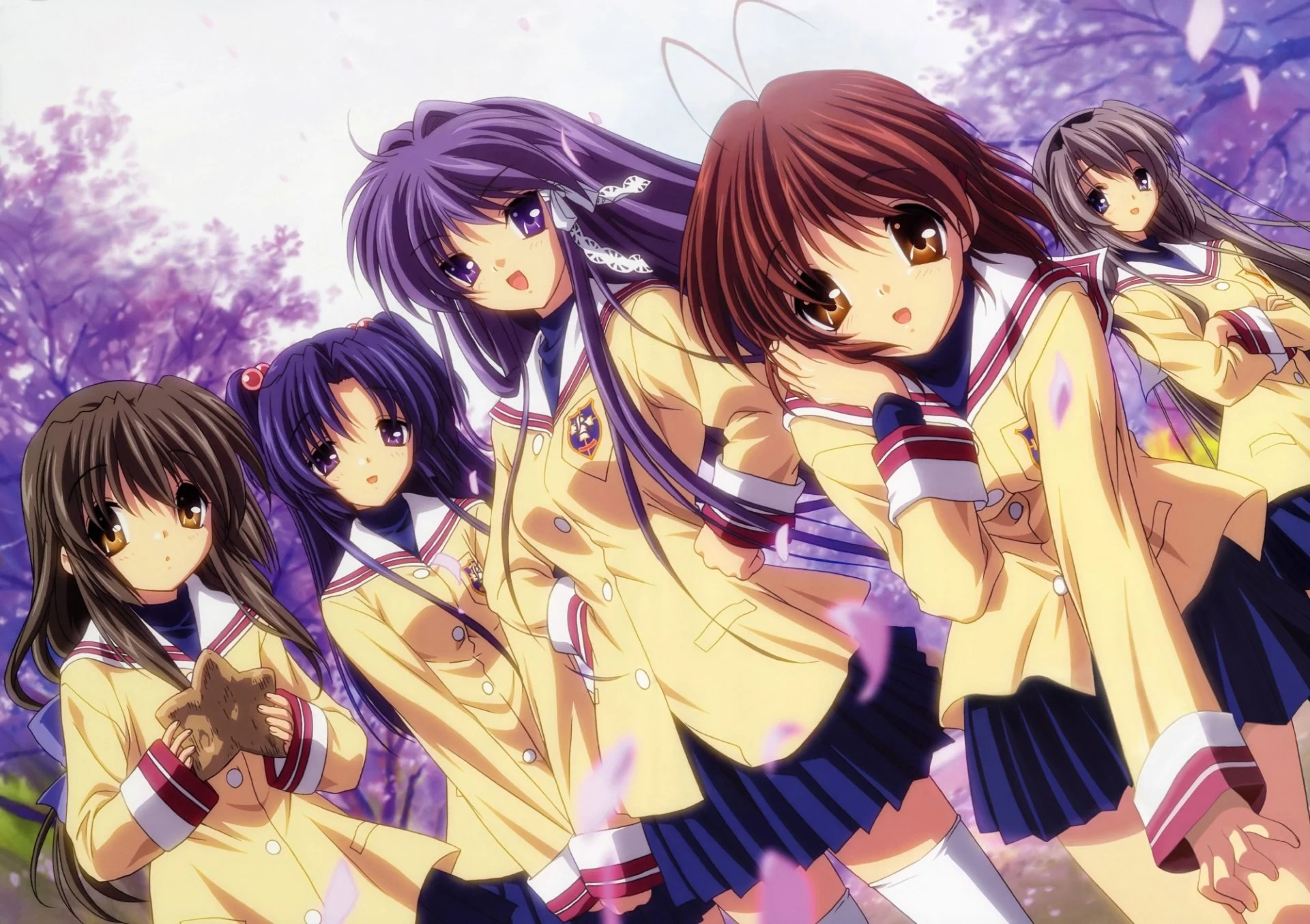The Slice of Life genre chooses a simplistic format for telling a story with characters on the screen rather than focusing on world-building, exploring the locations, or picturing hyped action scenes. This anime genre is usually set in a real-life setting with various characters interacting with each other in a normal way for entertainment, as far as the anime definition of what “normal” goes.
There is a wide range of the Slice of Life animes for one’s choosing. 3-Gatsu no Lion, Gakuen Babysitters, Mushishi, 12 Vintage Anime To Watch in 2023, Natsume’s Book of Friends & Clannad are some of the animes that can take you through an emotional rollercoaster. At the same time, you watch through these fantastic crafts of storytelling—making this genre the perfect pick for something that can be consumed on a laid-back day at your leisure.
Clannad is a Slice of Life rom-com series that follows two lovely main leads, Tomoya Okazaki & Nagisa Furukawa, from their lively high school days to the hardship of their adulthood. During this pragmatic journey, they encounter challenges and a cast of fun characters that help them through it. But in the end, things don’t always go as planned. To many, Clannad is more than just an anime. It’s a blend of reality with a touch of fantasy that helps them view the value of life—making Clannad one of the best Slice of Life series made by Jun Maeda.
Today, we’re here to tell you ten amazing facts about what makes this anime great.
Also Read: Clannad Watch Order: Anime, Films & OVAs
1. Multiverse Theory In Clannad?
This illusionary world was home to two mysterious individuals, a girl and a doll made of junk. The girl collected orbs of light while the doll merely watched. Shockingly, It was later revealed that the girl was Ushio & the doll was Tomoya. When Ushio died, the illusionary world collapsed. But this resulted in using all the light orbs to create a miracle for Tomoya.
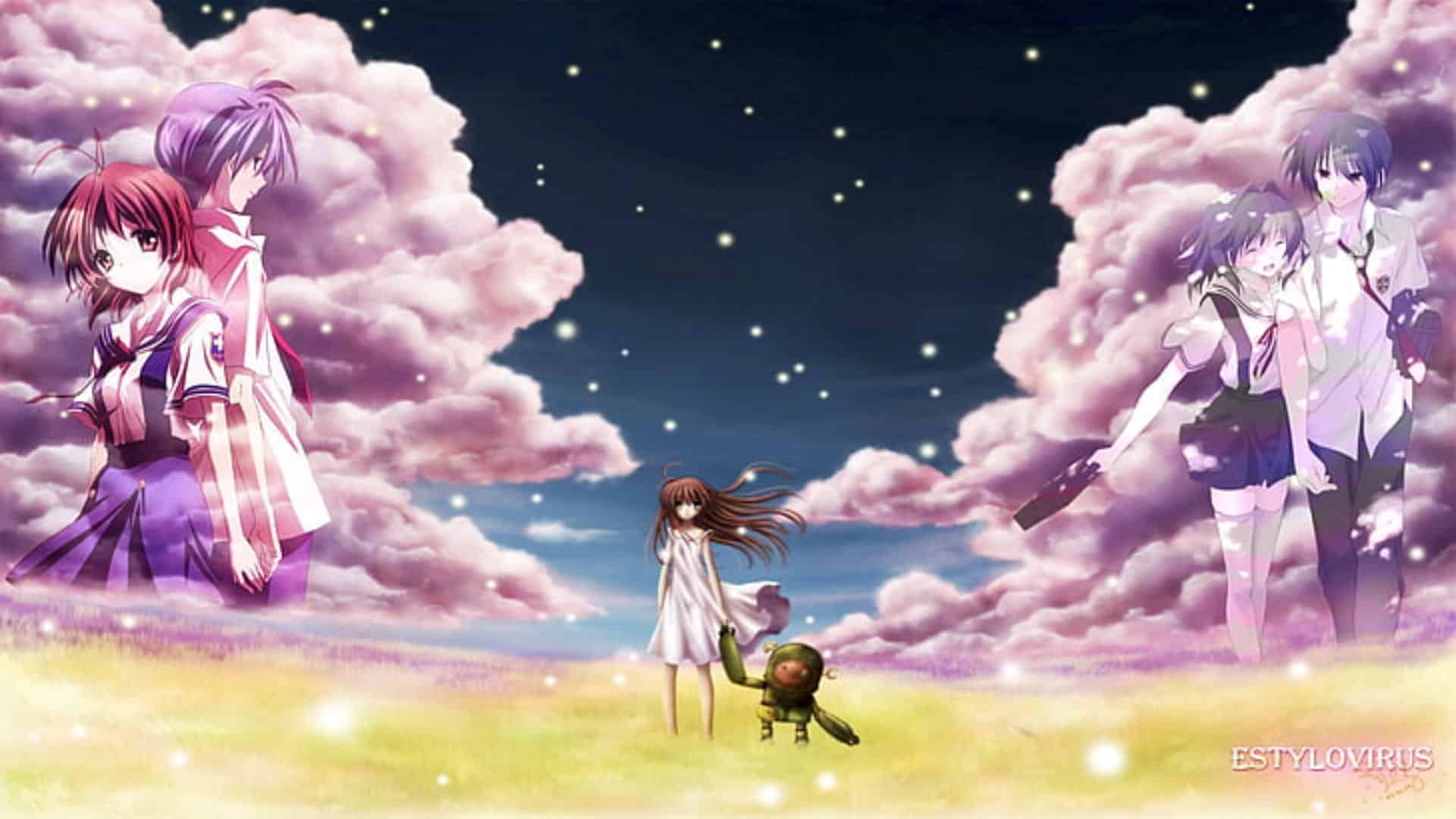
While Tomoya was contemplating what would happen if he hadn’t met Nagisa, Ushio’s miracle put Tomoya in a reality where Nagisa gave birth to Ushio. However, only this time was Nagisa alive. “Those who seek out the truth must not be arrogant. You must not laugh at miracles because they cannot be scientifically explained. It would be best if you did not turn away from the beauty of this world.” stated Kotomi’s father, Koutarou, a famous scientist.
With the parallel narrative sequence of Ushio & Tomoya from 2 different worlds having a mysterious connection to one another and hints of miracles beyond the explanation of science, it is not a stretch to consider the concept of Multiverse theory being introduced way before the popular media adapted it.
Therefore, in theory, Tomoya ending up in a relationship with Tomoyo Sakagami & Kyou Fujibayashi in the OVAs could be considered canon. With the possibility of taking place in a different universe from the one we’re familiar with.
2. Jun Maeda’s Interesting Past & Controversy
Jun Maeda was born on January 3, 1975, and is currently a writer and pioneer of visual novels. However, Jun Maeda had a completely different passion during his early career. He intended to have a career break as a music producer for video games. But after Maeda’s failed attempt at getting into Capcom and Namco (now known as Bandai Namco), he diverted his interest into scriptwriting for several adult visual novels.

In the late 90s, Jun Maeda formed a Japanese visual novel company called “Key.” Key’s first three visual novels were Kanon, Air & Clannad. Much later, with their successful hits and as the manga for reference, Kyoto Animation Studios adapted the visual novels into an anime.
Jun Maeda is the co-founder of Key, with many employees. Even so, it was stated Jun Maeda put more than 75% of his work into making the Clannad visual novel. And for an unspecified reason, Key also chose to leave out Jun Maeda for their 4th visual novel game, Planetarian: The Reverie of a Little Planet. What do you think the reason could be?
3. Clannad Was Originally A Visual Novel
Even before the anime or manga release… In 2004 Clannad was originally developed by Key & published by Sekai Project as a visual novel. Initially, it was set to be released in 2002 but was delayed due to a few setbacks. Even so, it quickly gained popularity in Japan after its release. Shortly after, the Clannad visual novel had its English release on Steam. Clannad was only then adapted into its popular form of content, manga & anime.
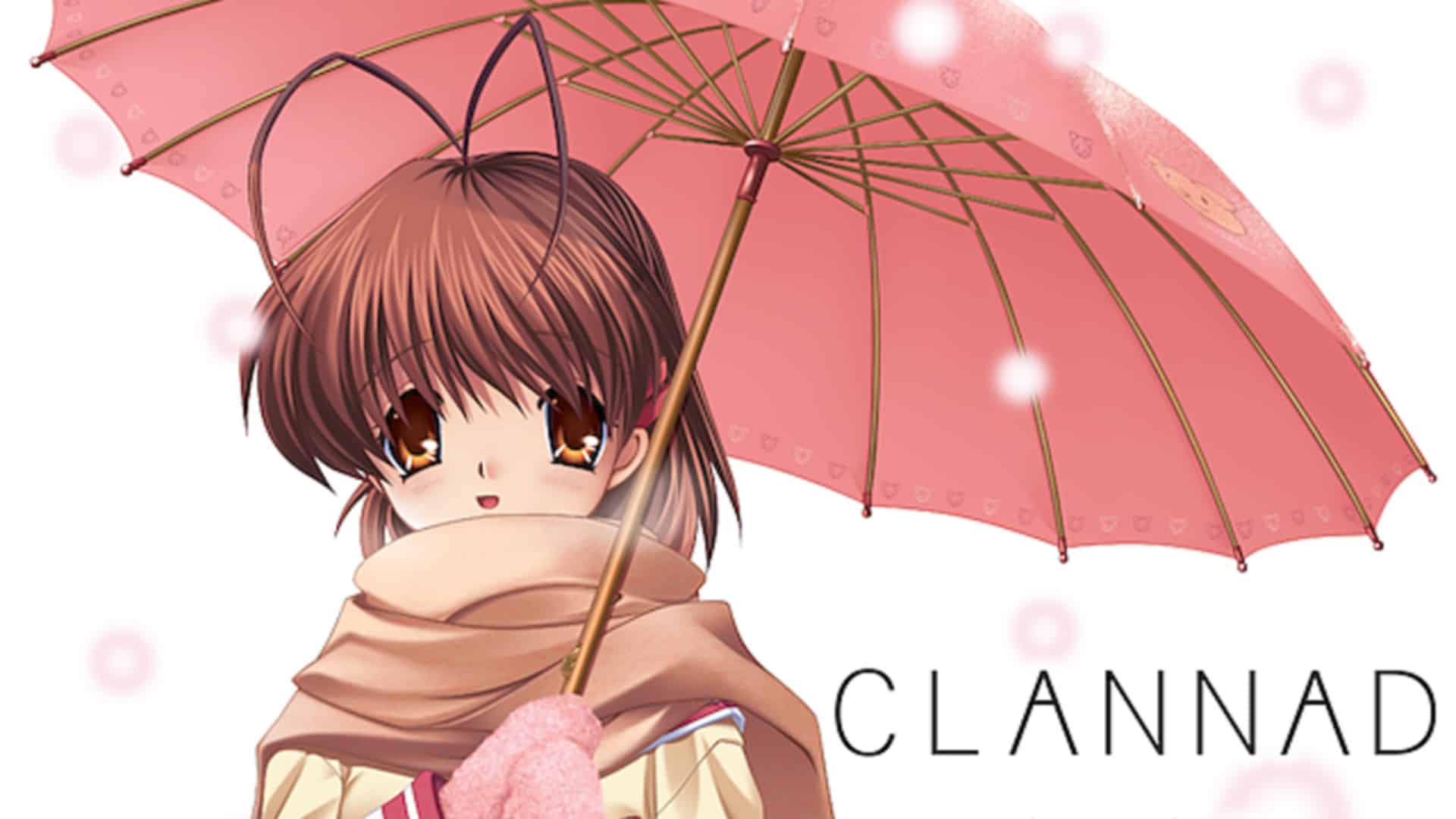
Clannad is not the only anime-themed visual novel out there (some popular ones are Danganronpa, Steins; Gate, Ace Attorney, and Doki Doki Literature Club). It certainly is a well-received piece of media by thousands of fans. Interestingly, some of the novel series is considered superior to their anime counterpart.
4. The Sad Irony Of Mother & Daughter
Nagisa Furukawa was known to have a frail physique with a weak immune system, partly because she gives off a sweet and kind vibe early in the series. Though it was one of Nagisa’s charms as a character, this was a hint to the viewers of what was to come.
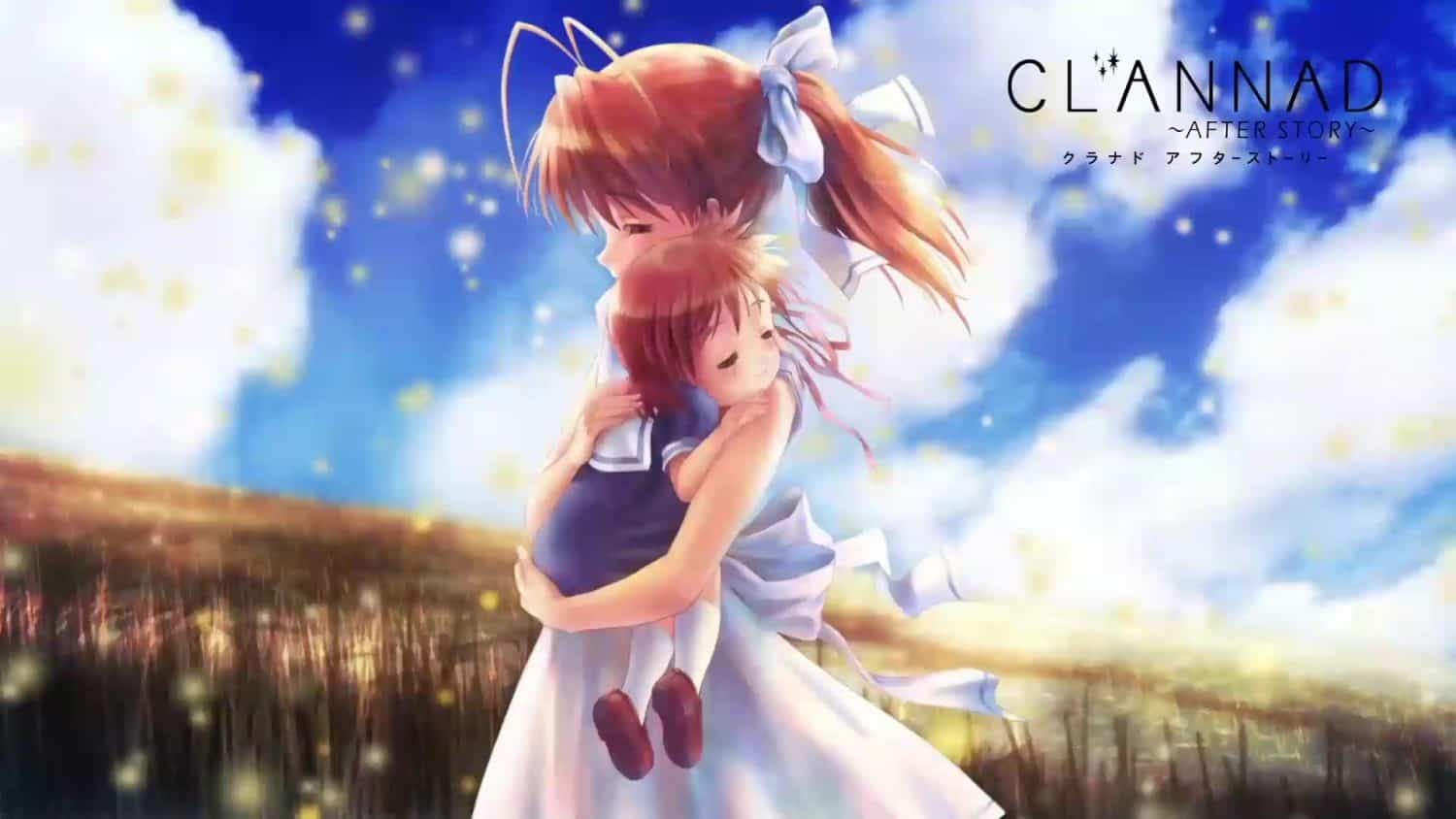
Child delivery is generally a painful process. But, even more extreme for someone as physically weak as Nagisa. Unfortunately, during Nagisa’s active labor, her weakness caught up with her, and she died shortly after giving birth to a lively girl baby, Ushio.
Tide waves will always hit the shore of a beach as long as nature ceases to exist. Ushio translates to “Tide,” & Nagisa translates to “Beach/Shore” in Japanese. The irony in this situation is contrary to the nature of the names. Nagisa suffered the terrible fate of dying before even having the chance to touch her daughter with her very own hands.
5. Jun Maeda’s Other Works Of Art
Most anime/manga authors are known for one-hit wonders, where all their time and dedication are spent on a single I.P. Many are respected for being passionate about a single form of media, as they can give it their all, and rightfully so. But their well-known reputation doesn’t stretch beyond that single form of work/art.
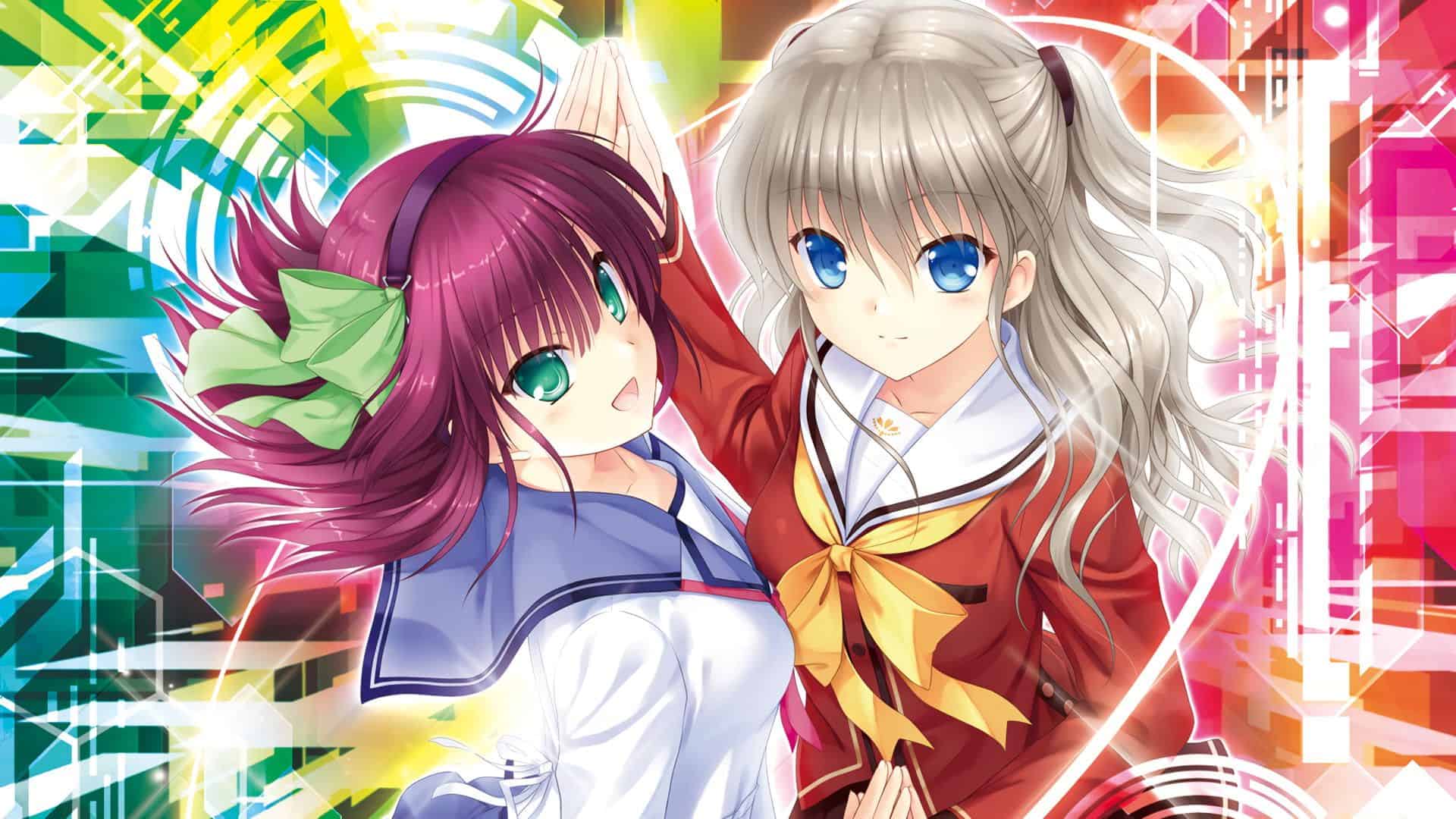
Jun Maeda is quite different in how he portrays his job as a writer. Maeda never settles for anything. He always explores various avenues to provide entertainment, from producing music to being a visual novel writer and even a manga writer.
So, it is not unusual to learn of Jun Maeda’s other successful genres that are arguably even more popular than Clannad itself:
- Angel Beats (April 2010) is an Action/Sci-fi/Fantasy anime with a modern storytelling style.
- Charlotte (July 2015) is a Supernatural anime with an edgy overpowered main character. It was a popular selling point at the time.
Jun Maeda worked on projects like Little Busters, Air (2005), Kamisama ni Natta Hi, Kanon, and many more. But Jun Maeda’s talent for adapting to the change in trend and catching on to the hype train is a remarkable feat.
6. The Idea Behind The Name “Clannad.”
Clannad is an Irish music band formed in 1970, originally known as “Clann as Dobhar,” which means “Family from Dore.” However, they shortened their name to “Clannad” in 1973 after securing first place in the Letterkenny Folk Festival.

Jun Maeda found the band’s name fascinating. Therefore, Maeda adopted “Clannad” as the title of his Story. Maeda’s Story followed the themes of friends’ and family’s struggles, now popularly known as Clannad. However, Mueda misunderstood the name of the band “Clannad,” thinking it meant “family” or “clan” in Irish. But the Irish word for ‘family’ is just “Clann.”
Jun Maeda’s Story’s title, Clannad, might have been a misunderstanding. But it’s a name that rings a bell throughout the anime community as one of the most emotionally driven stories ever told.
7. The Multitalented Author
Only a handful of talented authors can play multiple roles beyond just writing. Takeshi Konomi & Yuki Suetsugu are the authors of Prince of Tennis & Chihayafuru, respectively. In addition to that, they also voice the main character in their subsequent animes.
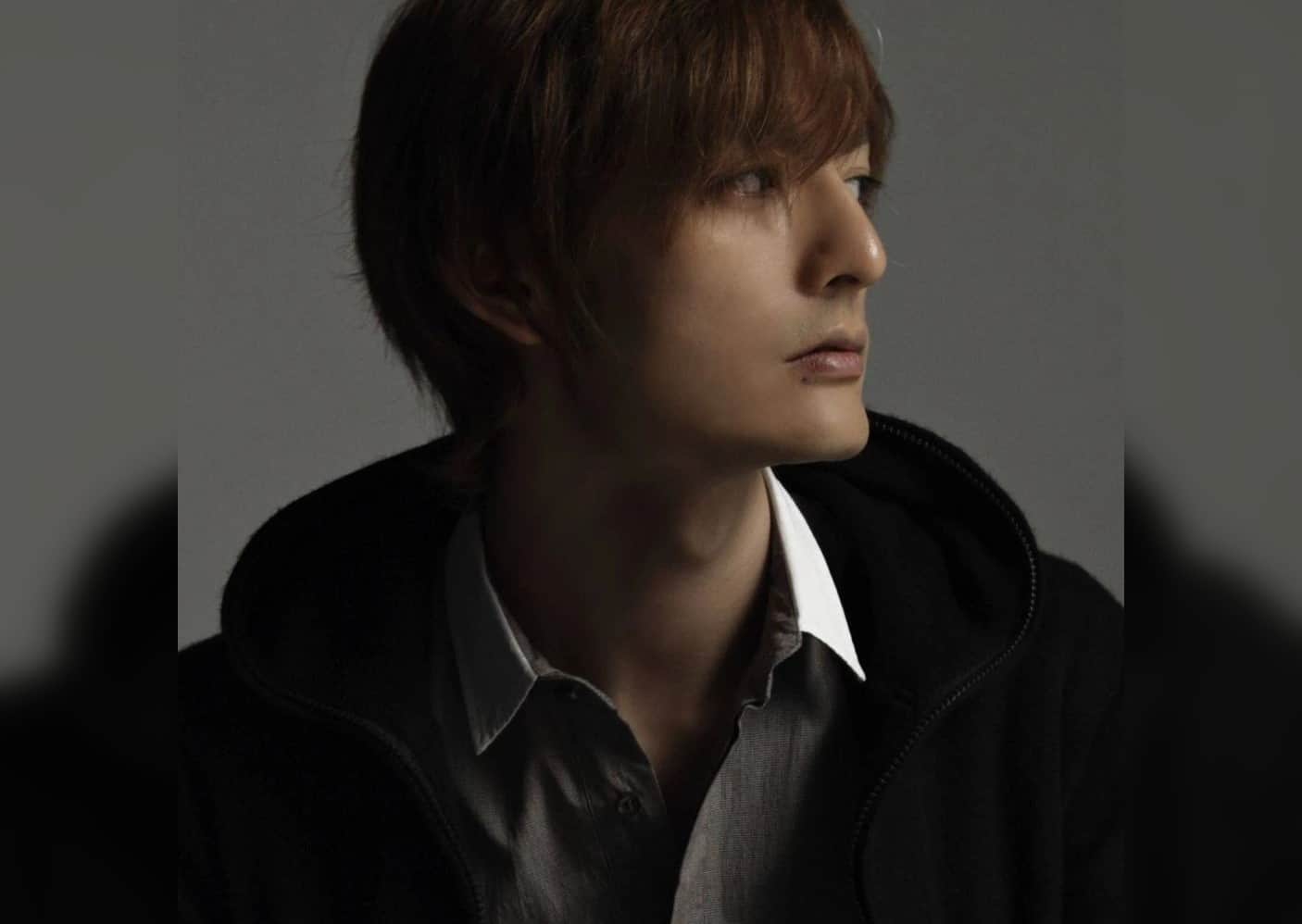
There is no doubt that Jun Maeda has made some timeless and unforgettable series. But it would be surprising to discover that Jun Maeda is an extremely talented individual who didn’t put all his eggs in one basket. Since Jun Maeda is not only the scriptwriter for some of Key’s and projects his own but also an excellent music composer for most of the franchises, he has worked on.
This makes Jun Maeda a one-of-a-kind author with a talent for writing & composing, working hand-in-hand, as the music produced should naturally complement the Story.
8. The Visual Novel Is Quite Different From The Anime
The visual novel and anime are far from one another. The anime doesn’t cover the same storyline as the visual novel, or vice versa. The immediate difference one might notice is that the anime is missing characters like Kappei, who had a dedicated story arc in the visual novel. Moreover, the anime doesn’t include Sanae and Akio’s story arc from the visual novel.
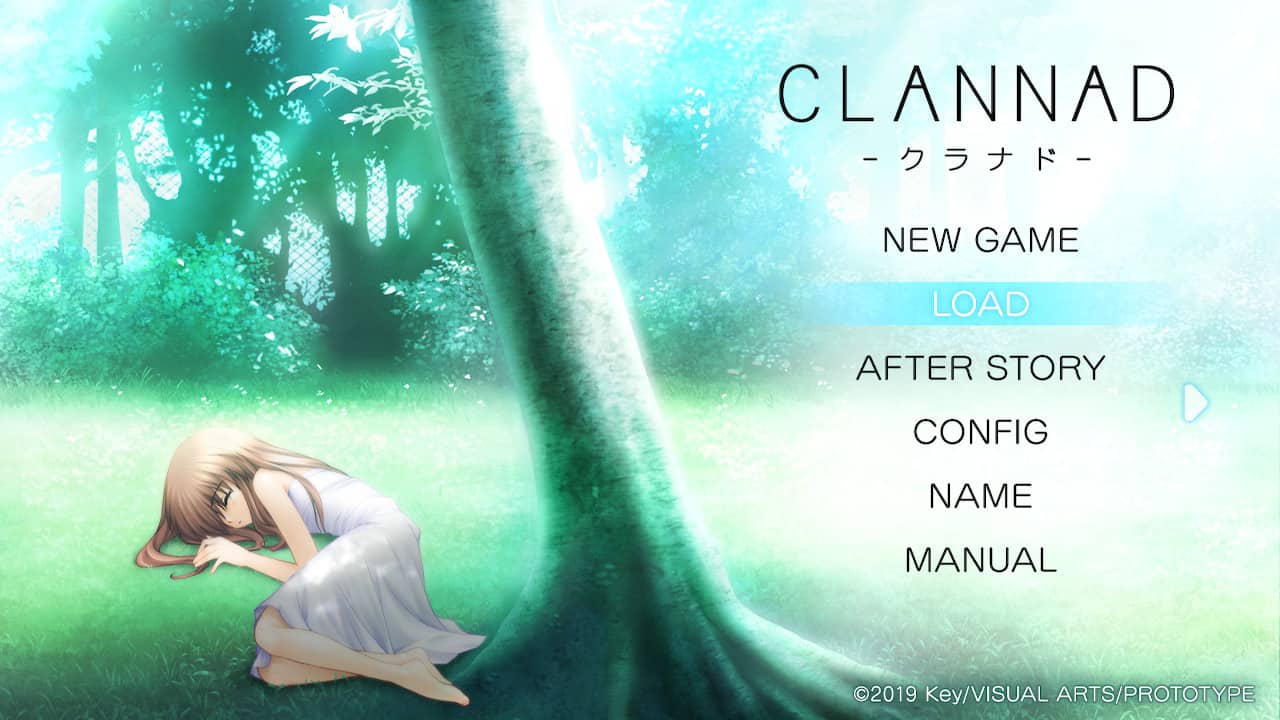
The Story in the visual novel not only has different endings but also gives the player different paths to control the flow of the Story. Your choices will take you through different possibilities and ultimately influence the ending.
The story progression in the visual novel is so Tomoya has a branched storyline with various characters that are independent of each other:
- Common route:
- Kyou & Ryou route
- Tomoyo route
- Koumura route
- Kappei route
- Mei route
- Misae route
- Kotomi route
- Fuko route
- Nagisa route
- After Story arc
As a prerequisite, however. It is required to complete all of the storylines on the common route section to progress to the After Story arc and achieve the true ending, which could be tedious.
Meanwhile, in the anime, it’s much simpler, with each character dedicated to their respective arcs:
- Fuko arc (Episode 1 – Episode 7)
- Kotomi arc (Episode 8 – Episode 12)
- Tomoyo Arc & Kyou Arc (Episode 13 – Episode 17)
- Nagisa Arc (Episode 18 – Episode 22)
- After Story (Season 2)
9. Jun Maeda Will Never Write An Anime Story
In 2016, Jun Maeda stated that he suffered from Dilated Cardiomyopathy and would require a heart transplant to fully recover. With that unfortunate event, his quality in scriptwriting took an evident hit. Jun Maeda’s newest anime project, The Day I Became A God, was released in 2020

The hype didn’t meet people’s expectations due to the laid-back anime formula and Maeda’s writing ability deteriorating. However, this wasn’t well received by anime fans, to the point where Jun Maeda received extreme hate & harassment messages from several “fans” of his. Potentially resulting in the backlash that pushed Jun Maeda into considering “hanging himself.”
Fortunately, Jun Maeda refrained from doing so. The unfortunate news of his abrupt retirement hit the nail in the coffin of Jun Maeda’s career as a scriptwriter. However, Jun Maeda continued to contribute to composing songs for anime projects. However, Jun Maeda reached the final straw in January 2023.
When Jun Maeda helped develop Heaven Burns Red, he received criticism for bad storytelling. After this event, it was heartbreaking to learn Jun Maeda was apologetic to his fans for disappointing them.
Finally, as an end-all measure, Jun Maeda deactivated his Twitter account shortly after.
10. Different Endings In Clannad?
The illusionary world featured in Clannad is a parallel story in a different world alongside the main Story. The illusionary world is set in a land that closely resembles the great plains, with mountain ranges in the distance and the floating light orbs as a layer of aesthetic added to this setting. Later in the series, it’s known that these orbs of light come from the happy feelings of people from the real world.

Ushio from the illusionary world changed the outcome of Clannad: After Story by collecting enough light orbs, which signify people’s happiness. Likewise, you can do the same in the Clannad visual novel as a player. You are experiencing different storylines by choosing a path that best suits your desired ending. However, there is one true ending to the game, which can only be achieved by collecting 13 light orbs to unlock this true ending.
Also Read 20 Best Slice of Life Anime Series to Watch: From BL(s) to Classics.

